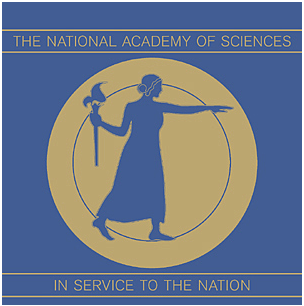There is widespread public distrust of nuclear power. Major accidents such as Chernobyl, Three Mile Island and Fukushima have frightened the public. Radiation is invisible and health problems from radiation exposure can take decades to develop. Governments have been reluctant to share real information about the public dangers of nuclear power for political and economic reasons. Corporations in the nuclear industry have been caught ignoring regulations, dragging their feet on maintenance, lying about problems at nuclear plants and other behaviors that have abused public trust. There has not been sufficient research into the dangers posed by nuclear power plants to determine just what the risk is for people living around the power plant, especially in the long term.
There have been some studies to determine if there is a health risk from living near a power plant. But many of these have been challenged on a number of grounds including small sample size, accusations of bias, sloppy methodology, etc.
Some studies have found no evidence of risk such as a 1991 study of cancer deaths in over one hundred counties in the U.S. near a power plant. The NRC often cites the 1991 study in discussions of the risks of nuclear power plants. Many of these studies have been challenged by critics of nuclear power.
Some studies have found risk of cancer and other health problems from living near a nuclear plant such as a 2009 study that concluded that an increase in the rate of thyroid cancers in an area of New England is connected to radioactive iodine emissions from sixteen nuclear power plants within ninety miles of this area. Many of these studies have been challenged by supporters of nuclear power.
What is needed is a very thorough epidemiological study by a neutral and reputable research organization. Such a study was commissioned and tentatively funded by the U.S. Nuclear Regulatory Commission in 2010. The new study was to be done by the National Academy of Sciences which has a good reputation for objective research.
For Phase 1, the NAS recommended two studies to assess risk and a pilot project that would study seven nuclear power plants. This pilot study would lay the ground work for a comprehensive study of all nuclear power plants and nuclear fuel facilities in the U.S. as Phase 2. Some of the problems that would be studied in Phase 1 were the need for very large sample sizes, the lack of uniformity in the availability and reliability of cancer data for any area smaller than a county and the problem with obtaining data on a variety of factors that could may understanding the data more complex.
Phase 1 would include a population study of cancer diagnosis and mortality rates for multiple types of cancer across all age groups and a targeted study of the occurrence of childhood cancers for children born within a specific distance of a nuclear power facility. There would be a planning project and an execution project in Phase 1. The planning part began in fall of 2013.
Unfortunately, in report on the planning part of Phase 1, the NAS reported that it was unlikely that any solid and useful conclusions could be drawn from the pilot study in Phase 1 of the project that would be useful for Phase 2. Considering that it would take eight million dollars and three years to even complete the pilot study, the NRC cancelled the project in 2015.
It would be to the interest of both the critics and supporters of nuclear power to have such a study carried out. Although, there are international research projects that could answer some of these questions, it would be best for the NRC to go ahead and do this study. It may take years to accomplish but the longer the delay, the longer it will take to get useful answers.
